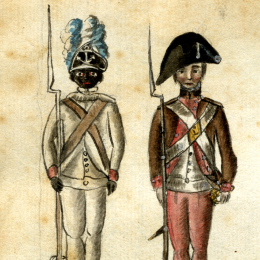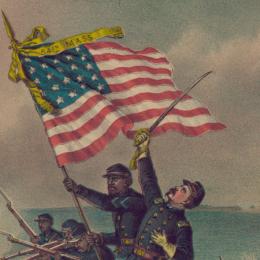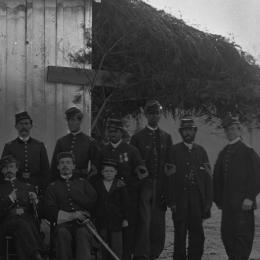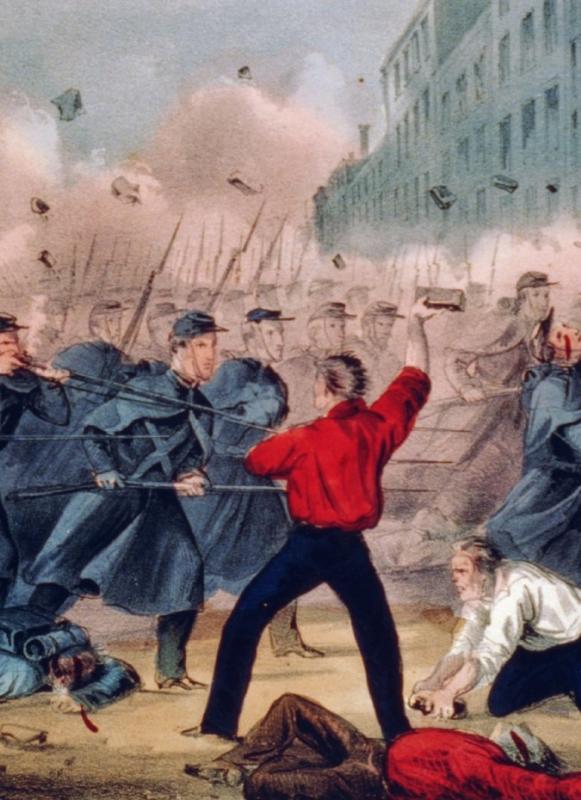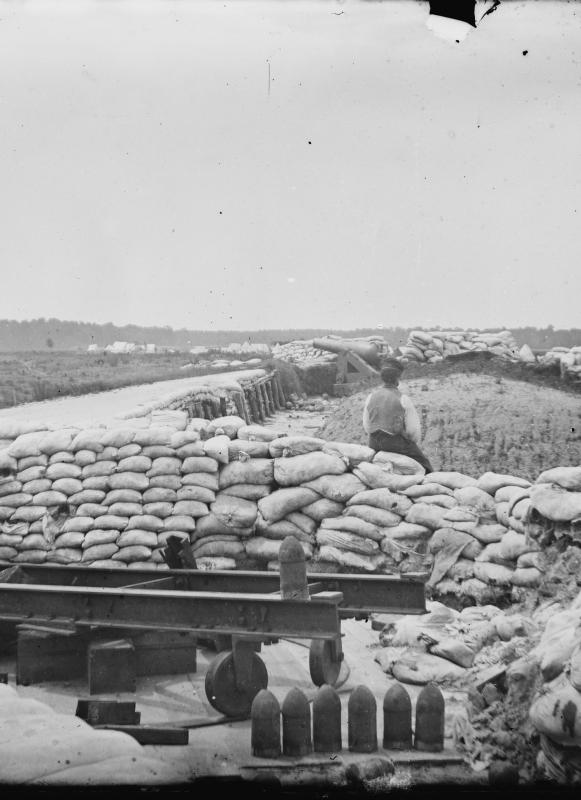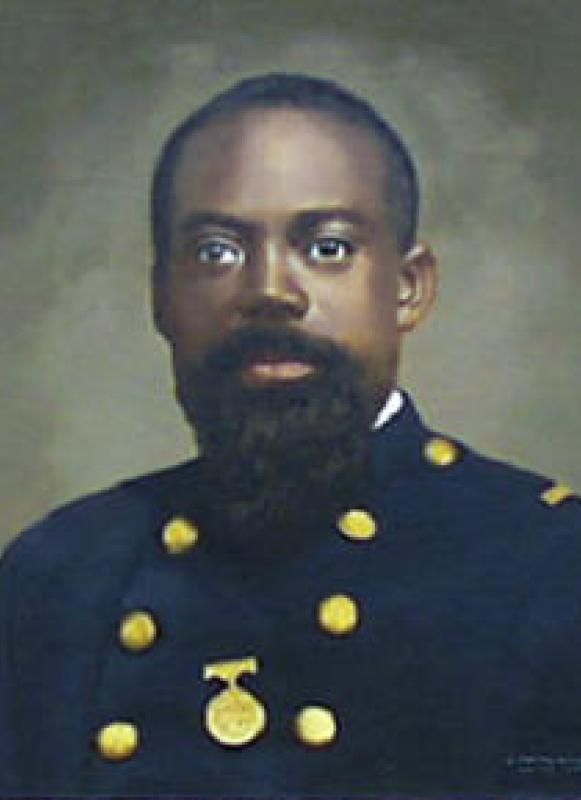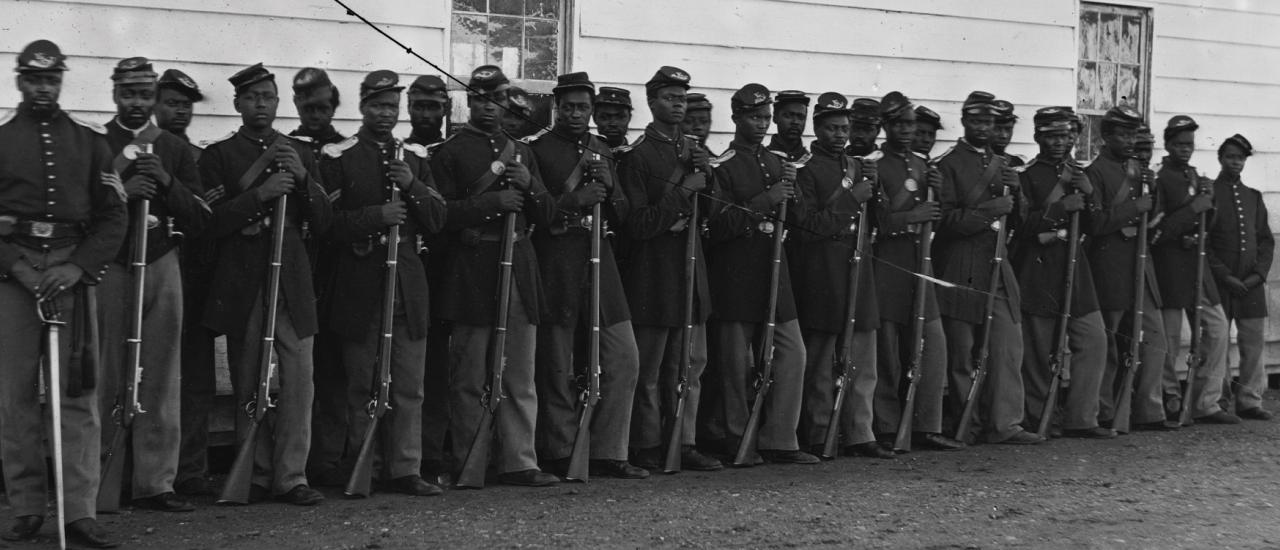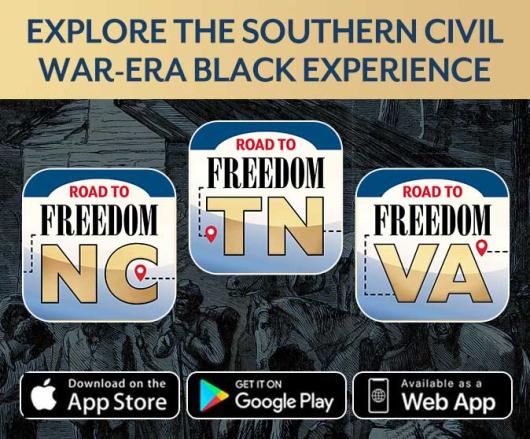Fighting for Freedom
The Role of Black Soldiers in America’s First Century
Sharing the stories and landscapes tied to Black soldiers in America’s first century is more important than ever, as we approach the 250th anniversary of this nation.
Overview
Throughout the first 100 years of our nation’s history, more than 200,000 Black soldiers fought to establish a more perfect union on the battlefield. Ten percent of the Continental and Union armies were made up of African Americans, and there is documented evidence of them fighting in scores of the most important battles of the Revolutionary War, the War of 1812 and the Civil War. These soldiers served honorably and deserve to be remembered, but their sacrifices are too often relegated to footnotes. Preserving and interpreting these underrepresented chapters of American history is a vital aspect of the American Battlefield Trust’s mission, as we seek to educate the public about what happened on America’s battlefields and why it continues to matter today.
Revolutionary War
During the Revolutionary War, Black soldiers they assigned loyalty to the British or Patriot cause based on the prospect of freedom. Some joined the Connecticut Line in the Continental Army and what became the Rhode Island Regiment, although not all such enlistments by enslaved men were voluntary. Examples of Black regiments within the British army show up during the early years of the war in the northern states, and during the Southern Campaign in 1780-81, but the primary task of military-age Black men in this force was not to fight in the army, but to serve as support staff for it.
Antebellum
The roots of the American Civil War predate the creation of the United States, with sectional rifts only deepening in the years following the Revolution. Although there were a variety of regional differences, ranging from the economic to the moral, the most visible and virulent was the debate over slavery. Between 1780 and 1804, each northern state outlawed the practice, while “the peculiar institution” continued to flourish to the south. As the 19th century advanced, the United States experienced unprecedented growth, progress and prosperity, but the political landscape was a minefield of trouble and turmoil.
Civil War
Midway through the Civil War, the U.S. War Department issued General Order No. 143, establishing the United States Colored Troops (USCT), enabling more than 178,000 Black men to fight for liberty, a figure representing approximately 10 percent of all federal armies. “Freedom,” wrote Union General Benjamin Butler, “will be theirs by the sword.”
These men, many of whom were former slaves, enthusiastically volunteered to fight in the Union army, and nearly 37,000 gave their lives for the cause. With every engagement they fought in, the USCT time and again proved their mettle, displaying courage under fire and winning glory on the field of battle.
Related Narratives
Preservation
The Trust is committed to elevating stories about the role African Americans played in the formative conflicts of America’s first century through digital interpretation, the development of key park sites and continued preservation at battlefields central to these stories.
To honor this rich legacy of valor, the American Battlefield Trust has already preserved thousands of acres of hallowed ground associated with battlefields integral to the African American military experience. Among the sites benefitting from our work to date are: Lexington, Mass.; Brandywine, Pa.; Saratoga, N.Y.; Camden, S.C.; Eutaw Springs, S.C.; Yorktown, Va.; Port Hudson, La.; Morris Island, S.C.; New Market Heights, Va.; Siege of Richmond and Petersburg, Va.; and many more, including sites in Arkansas, Oklahoma, Texas, and Mississippi.
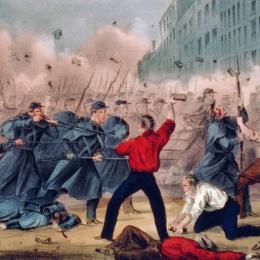
A Black member of the Lexington militia was wounded on the first day of the Revolution.
